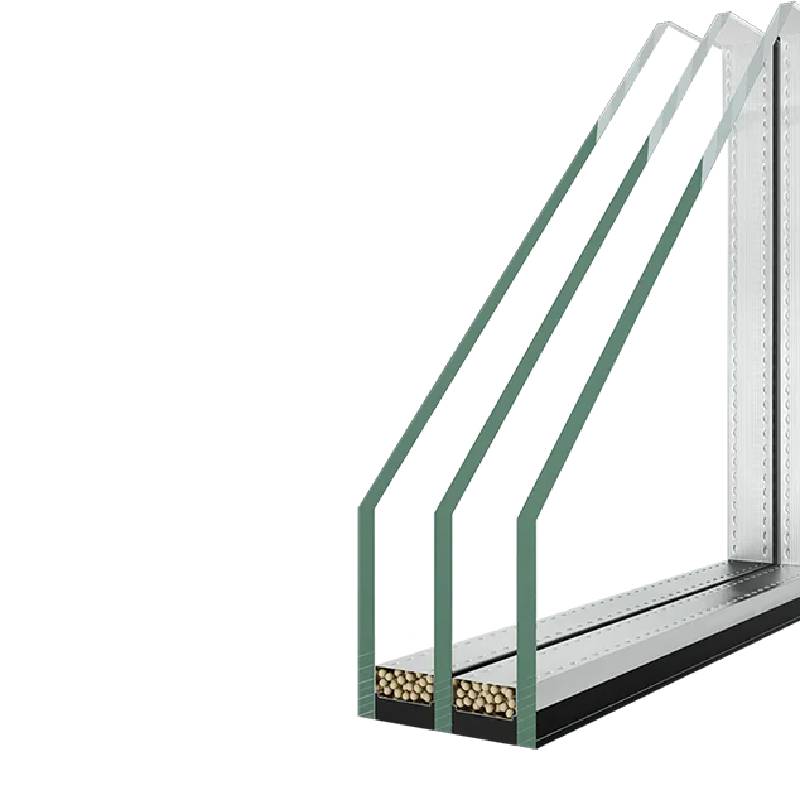

Understanding the Price of 4mm Float Glass Factors and Insights
Float glass has become a staple in the construction and manufacturing industries due to its clarity, strength, and versatility. Among the various thicknesses available, 4mm float glass is particularly popular, often used in windows, doors, partitions, and display cases. However, understanding the pricing of 4mm float glass can be quite complex, influenced by a multitude of factors ranging from raw material costs to market demand.
Raw Material Costs
The primary components of float glass include silica sand, soda ash, and limestone. The price fluctuations of these raw materials significantly impact the cost of 4mm float glass. For instance, if the supply of silica sand becomes limited due to environmental regulations or natural disasters, the price may rise sharply. Additionally, the costs associated with extracting these materials, including energy prices (for mining and processing) and transportation expenses, can also lead to increased production costs for float glass manufacturers.
Manufacturing Process
The manufacturing process of float glass itself is energy-intensive. The glass is produced by melting raw materials at high temperatures in a furnace. This process not only consumes a substantial amount of energy but also requires skilled labor and sophisticated technology. Any increases in energy costs, labor wages, or equipment maintenance can result in higher prices for the final product. Moreover, manufacturers may face additional costs related to compliance with environmental regulations, which can be a considerable factor in pricing.
Market Demand
The demand for 4mm float glass fluctuates based on market conditions, particularly in the construction industry. For example, during economic booms when construction activities are high, the demand for float glass tends to surge, which can drive up prices. Conversely, during economic downturns, demand may fall, resulting in competitive pricing among manufacturers trying to maintain sales. Additionally, seasonal trends can influence demand; for instance, construction projects often ramp up during warmer months, leading to a temporary spike in prices.

Geopolitical Factors
Geopolitical issues can also have a profound impact on the pricing of float glass. Tariffs, trade agreements, and international relations can all affect supply chains and production costs. For instance, if a significant producer of silica or soda ash faces trade sanctions or political instability, it can lead to shortages and increased costs on a global scale. Manufacturers may have to source materials from different regions, often at a premium, leading to increased prices for 4mm float glass.
Technological Innovations and Sustainability
With growing awareness about environmental sustainability, manufacturers are increasingly investing in green technologies and practices. Innovations in production processes aimed at reducing waste or improving energy efficiency might involve significant upfront costs. While the intention is to lower long-term operational costs and meet consumer demand for sustainable products, these investments can lead to higher short-term prices. Furthermore, the introduction of eco-friendly glass alternatives, while beneficial for the environment, could shift consumer preferences and impact pricing dynamics.
Regional Variations
It's important to note that prices for 4mm float glass can vary significantly based on geographic location. Local market dynamics, availability of raw materials, and regional economic conditions all contribute to price discrepancies. For instance, regions with abundant natural resources may enjoy lower production costs, thereby keeping prices more competitive compared to areas where sourcing materials is more challenging.
Conclusion
In summary, the pricing of 4mm float glass is influenced by a complex interplay of factors including raw material costs, manufacturing processes, market demand, geopolitical factors, technological innovations, and regional variations. As the construction industry continues to evolve, understanding these dynamics will be crucial for stakeholders, from manufacturers and suppliers to consumers and investors. For those looking to purchase or sell 4mm float glass, staying informed about these factors can help navigate the market effectively, ensuring better decision-making in an ever-changing landscape.